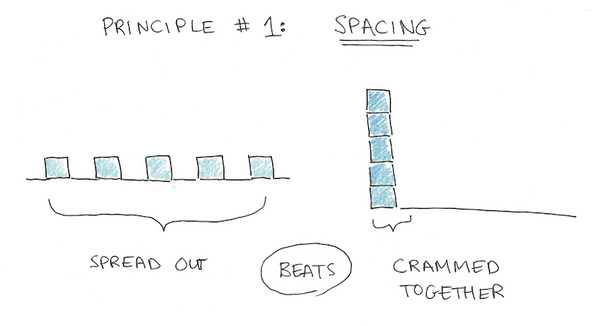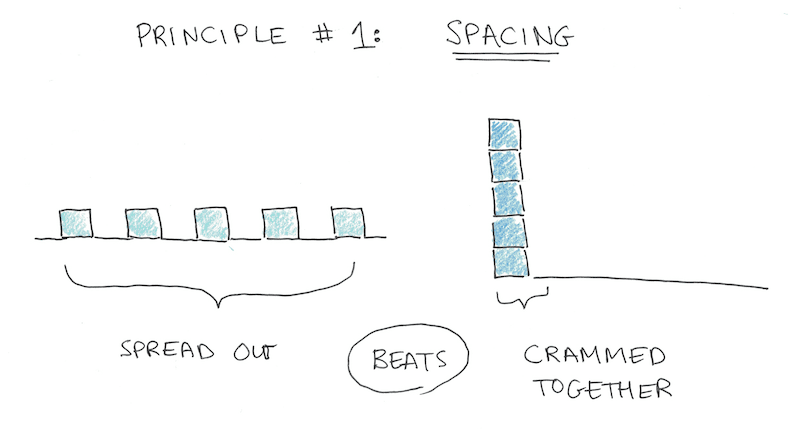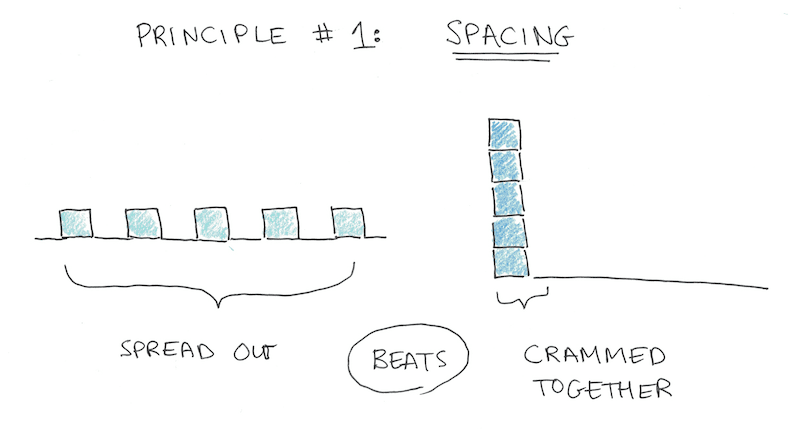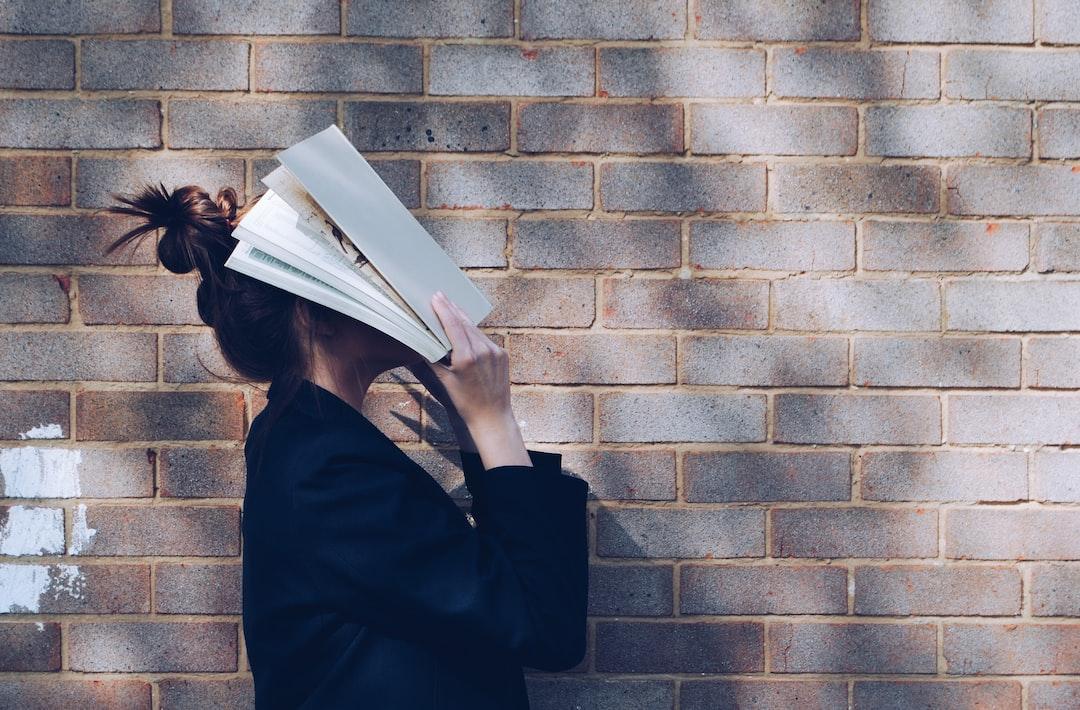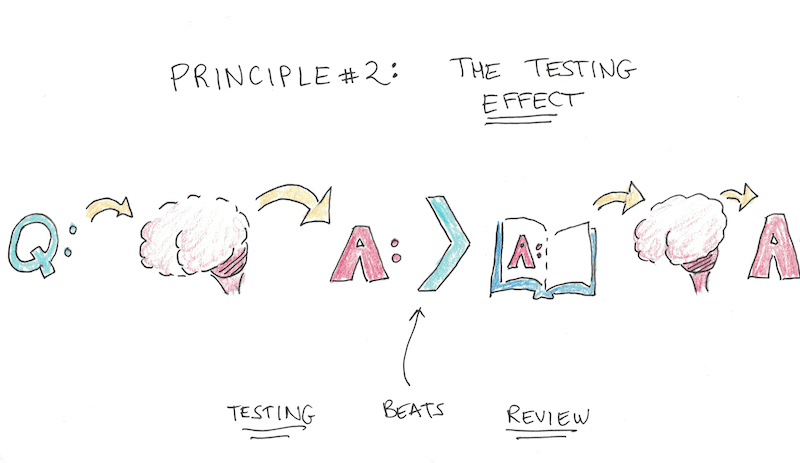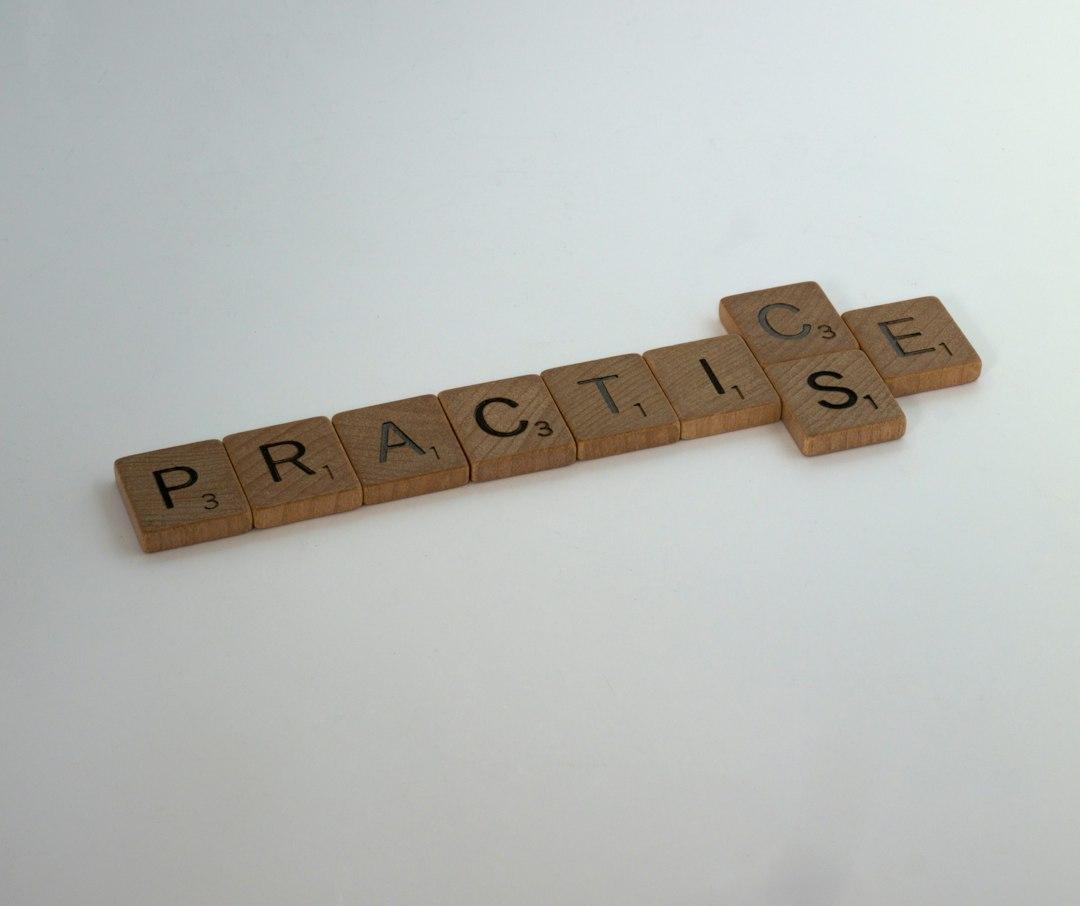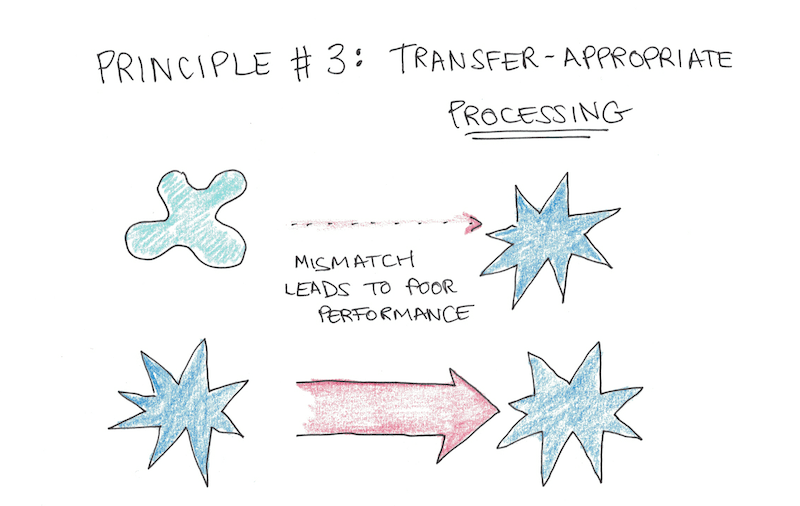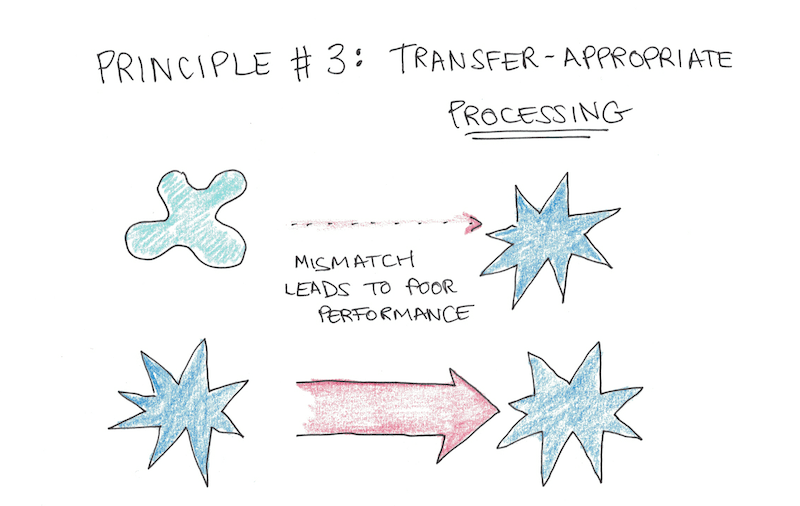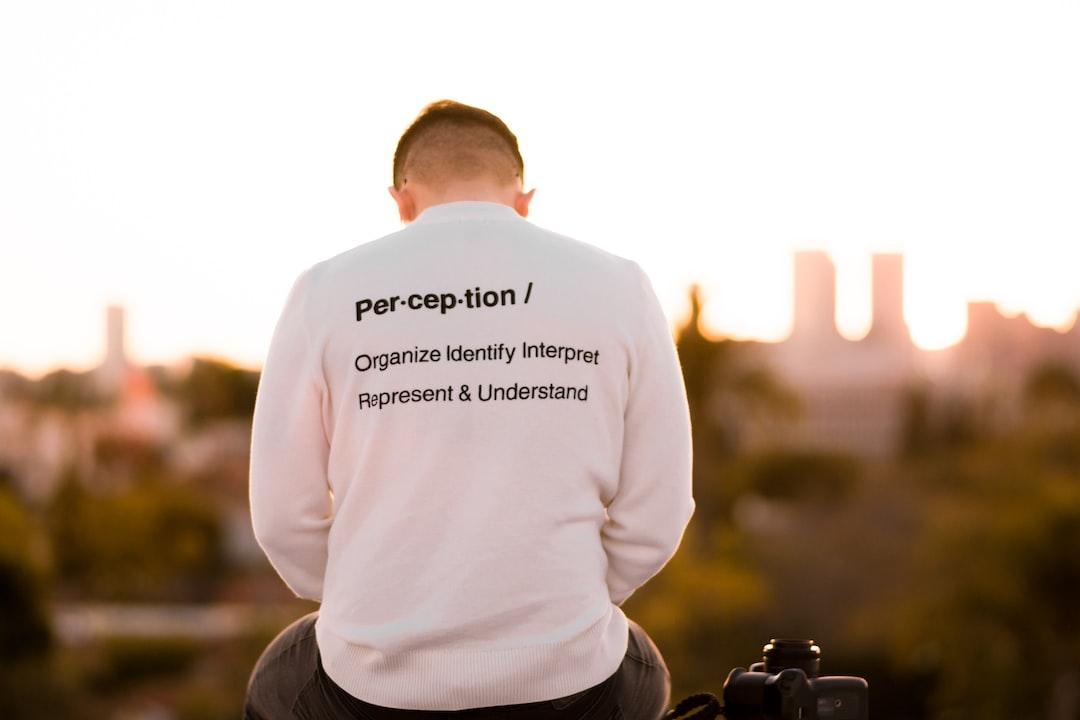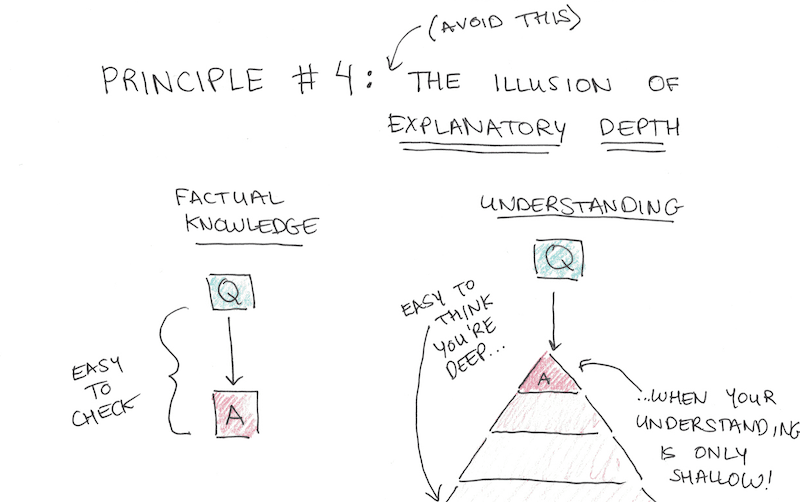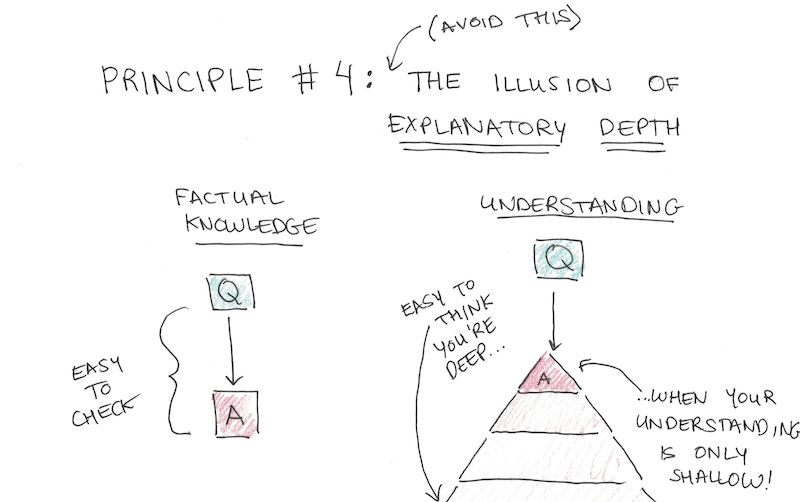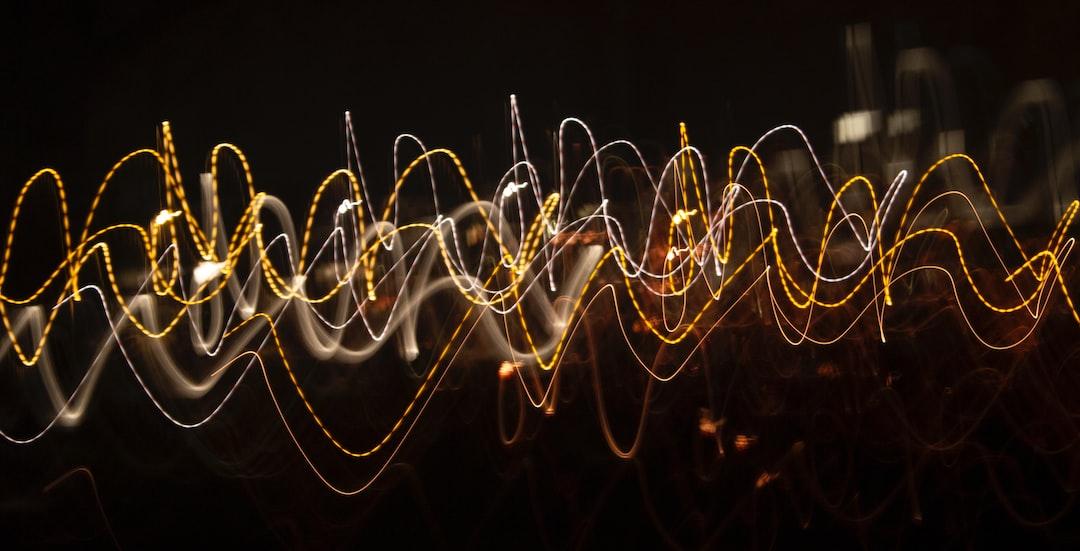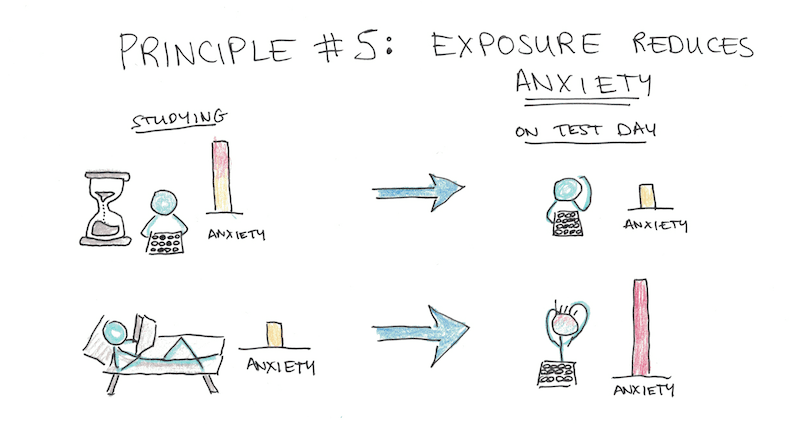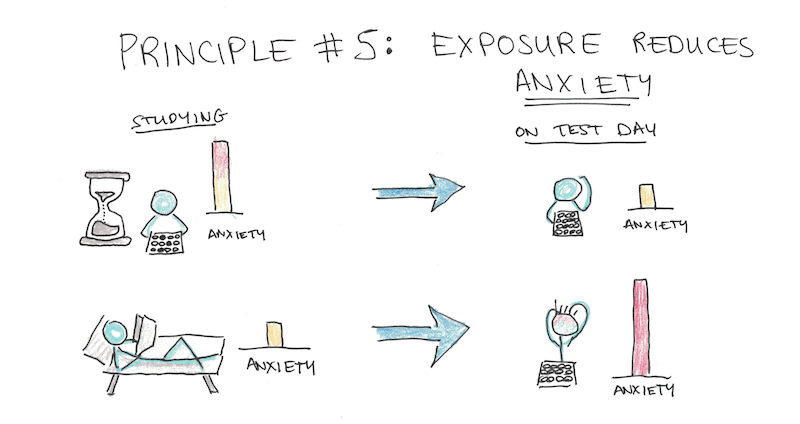Study tips on how YOU are going to ACE your next test!
Curated from: scotthyoung.com
Ideas, facts & insights covering these topics:
16 ideas
·6.64K reads
30
Explore the World's Best Ideas
Join today and uncover 100+ curated journeys from 50+ topics. Unlock access to our mobile app with extensive features.
1. When to study and how much?
We all know studying a lot can lead to a great mark. However, if you cram it all it will be difficult to comprehend. So, we need to know how to space out our study times. Spread out study times beats crammed by a significant amount. This is because when you study and then come back to it in the time that you left your brain was slowly comprehending.
42
550 reads
1. When to study and how much?
You should also not study very late the day before the test. Late night studies are going to make you very tired the next day and not have the right mindset to be ready to take a test. Instead, you can study briefly before you go to bed and then in the morning you should take another look at your notes before you head out the door for your test.
41
440 reads
2. What to Study and How to Do It
Once you have figured out how you are going to space out the time now its time to see what you have to study. You are going to want to study anything that is necessary for your test. Learn it to the best of your ability and then use "the testing effect"
38
407 reads
The Testing Effect
The testing effect is simply to test oneself. For example using flashcards or questioning yourself with questions you expect on the test. This is the best way to remember and comprehend what you are learning because you must retrieve the information to the answer from your memory.
41
404 reads
3. What Kinds of Practice to Do
- Mock tests and exams
- Problems
- Self-generated questions or writing prompts
The best kind of practice is called transfer-appropriate processing. In short TAP. The next idea will explain what that is.
40
376 reads
Transfer-Appropriate Processing (TAP)
This basically means that the more your practice resembles the exam, the more your practice efforts will transfer into actual results. Which means whatever material that you use to study, the closer it is to the test the easier the test will be when done.
42
361 reads
4. Make Sure You Really Understand
A deep understanding of you material is required as memory alone will not help you in some cases.
Understanding material is > than memory
Do not fall in the trap of "the illusion of explanatory depth"
Below will explain this.
40
324 reads
The Illusion of Explanatory Depth
This is when you this that your understanding of something is a lot deeper than it actually is. You need to know the difference between what factual knowledge you have in order to build of of it. There are ways to avoid this however, the best one is to us the Feynman technique.
41
325 reads
The Feynman Technique
I will not expand on this except the fact that this is one of the best ways to understand material for any subject. Here is a link to the video that I recommend Feynman Technique - Thomas Frank.
43
314 reads
5. Beat Anxiety by Simulating the Exam First
The solution to beat anxiety is to do a full stimulation of the test. For example, same seating posture, materials and, most importantly, the same time constraints.There’s three benefits to doing full simulations:
- You increase your temporary anxiety while studying, which makes it easier to recall the information due to state-dependent memory effects .
- By exposing yourself to the exam situation you’ll be less anxious when the eventual test comes.
- You’ll actually know what your performance is likely to be on the test!
40
283 reads
IDEAS CURATED BY
CURATOR'S NOTE
I have had 2 tests this week and I got 93% on both of them which is totally an ace for me so here's how I did it. For all the tips there is a diagram provided below.
“
Similar ideas
5 ideas
Five Scientific Steps to Ace Your Next Exam - Scott H Young
scotthyoung.com
5 ideas
Five Scientific Steps to Ace Your Next Exam....
scotthyoung.com
5 ideas
Five Scientific Steps to Ace Your Next Exam | Scott H Young
scotthyoung.com
Read & Learn
20x Faster
without
deepstash
with
deepstash
with
deepstash
Personalized microlearning
—
100+ Learning Journeys
—
Access to 200,000+ ideas
—
Access to the mobile app
—
Unlimited idea saving
—
—
Unlimited history
—
—
Unlimited listening to ideas
—
—
Downloading & offline access
—
—
Supercharge your mind with one idea per day
Enter your email and spend 1 minute every day to learn something new.
I agree to receive email updates
